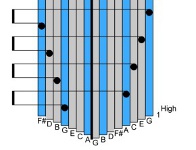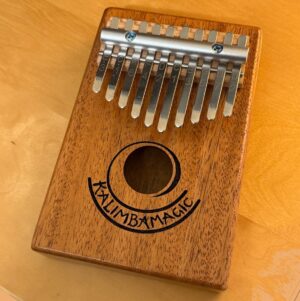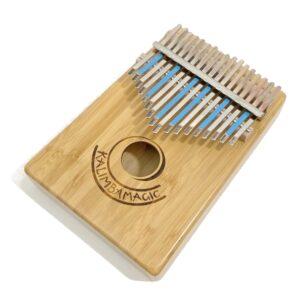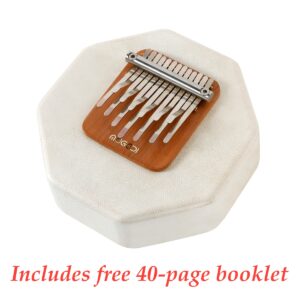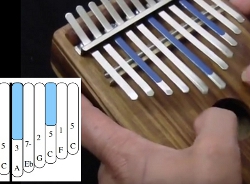
TIP: Exploring Exotic Pentatonic Tunings – p8
Looking at the other notes on the F7 Bebey Tuning In the previous tip, we stated that the “5” and the “1” form the backbone of the music, and the other notes of the scale provide different spices. Let’s look at what those spices are. I should note that the way people understand harmonies changes over time and culture. Early European music listeners in the 13th and 14th centuries perceived the minor 3rd as being happy, and the major 3rd being sad. Most western listeners today – and I would assert at this point, most global listeners – now hear the minor 3rd as being mysterious or melancholy, while the
